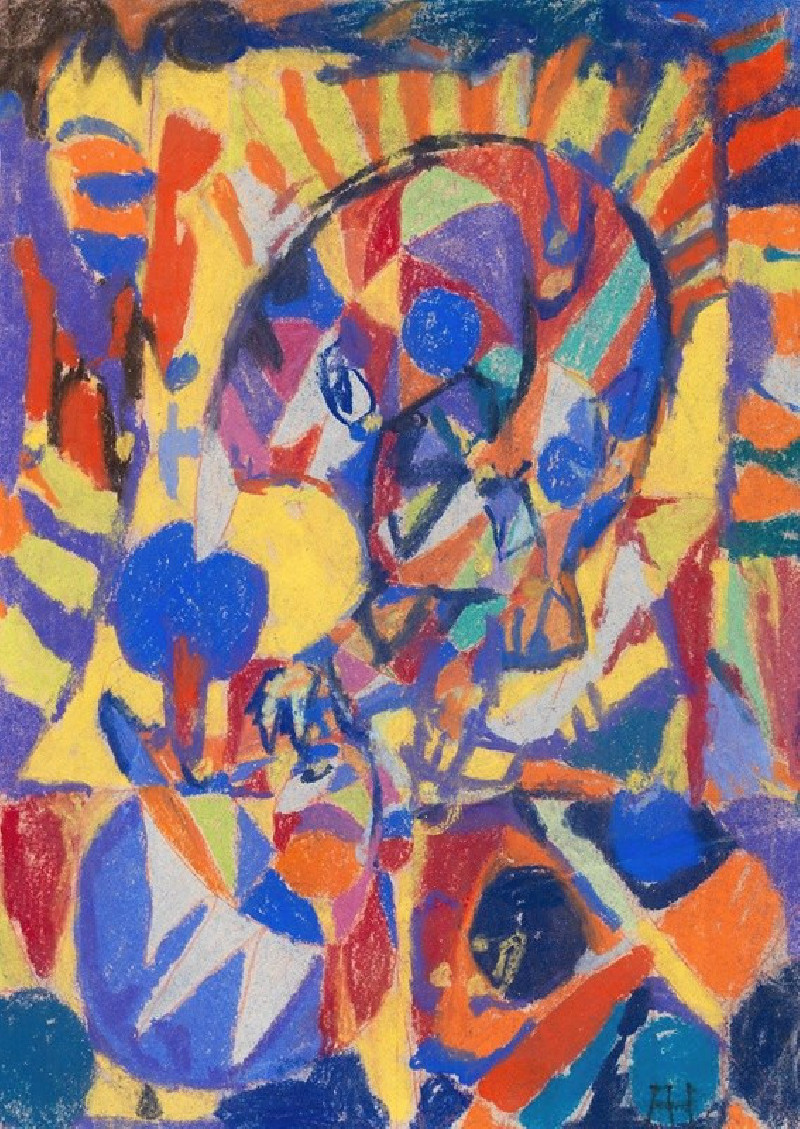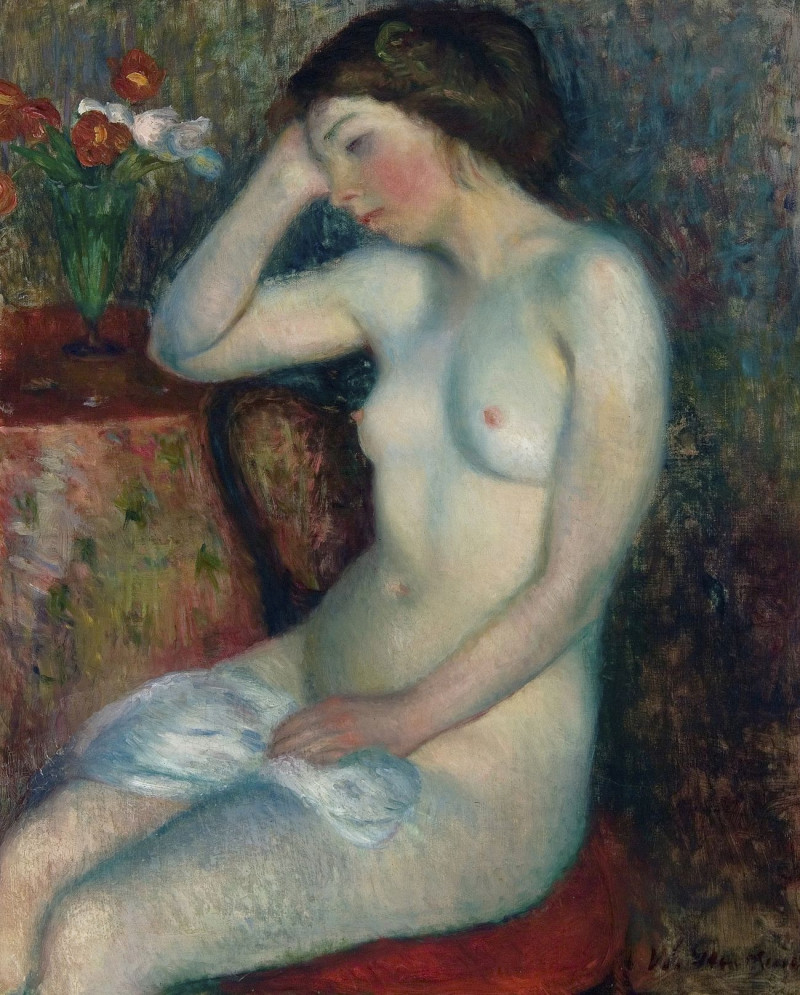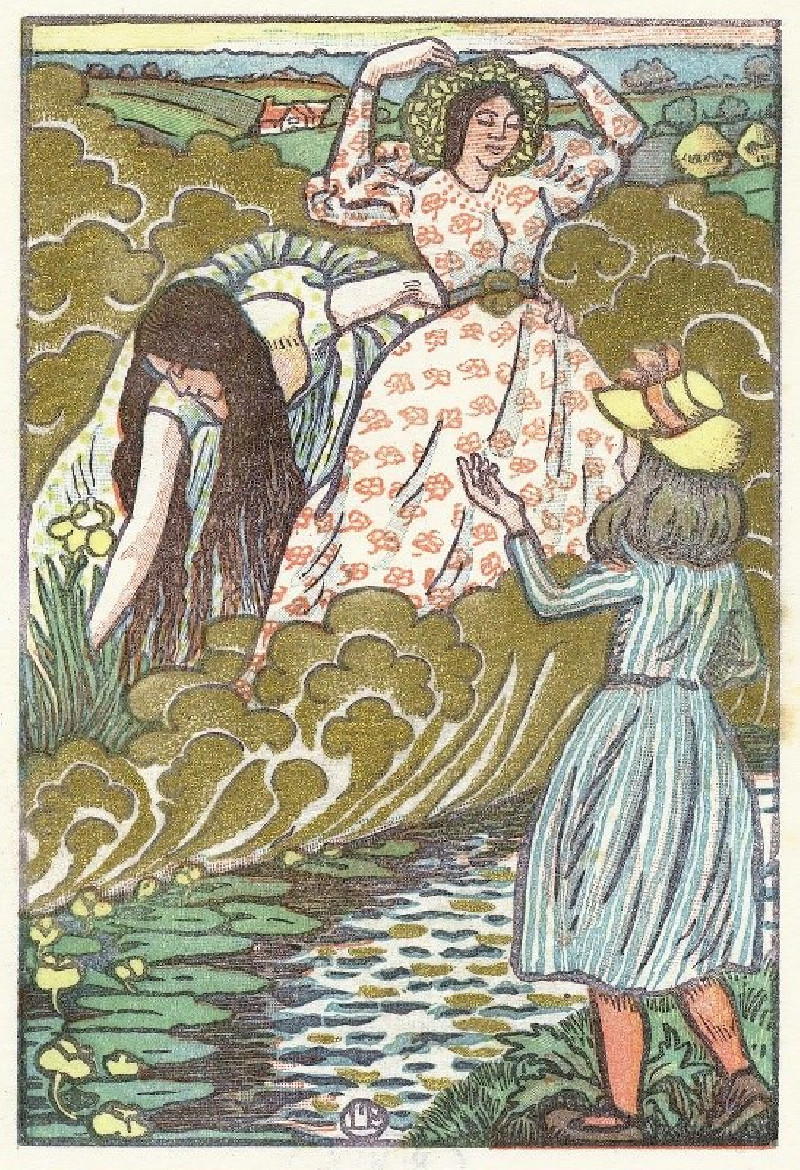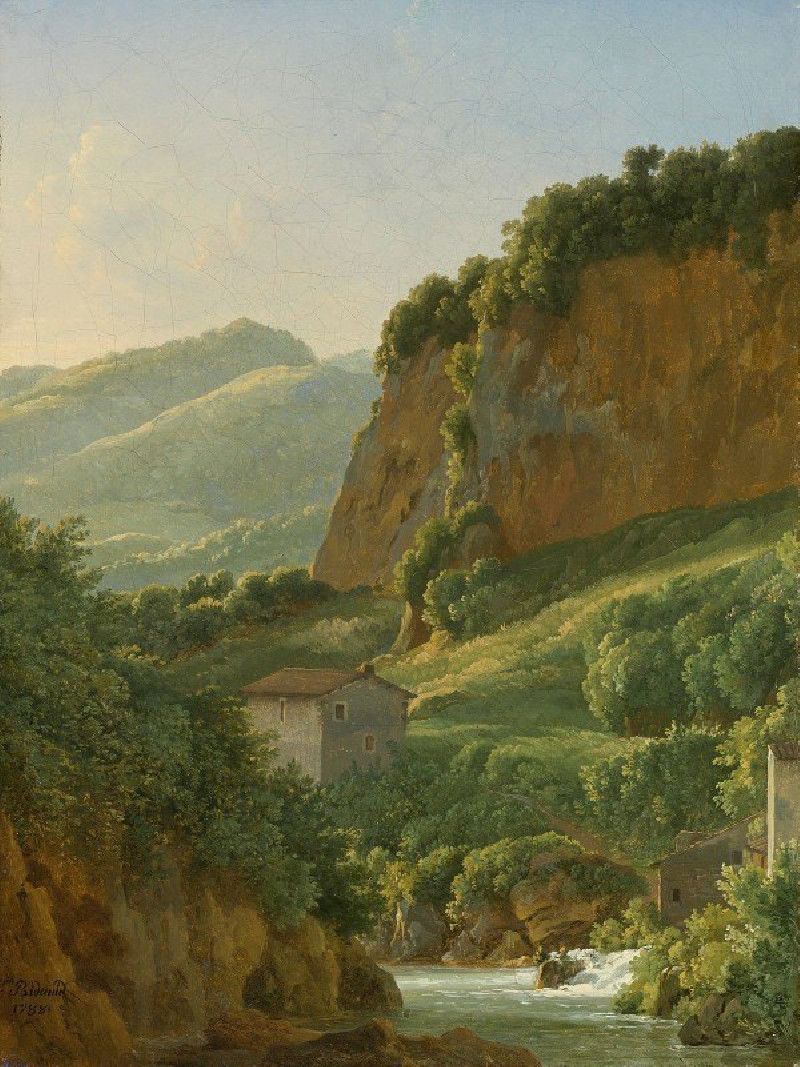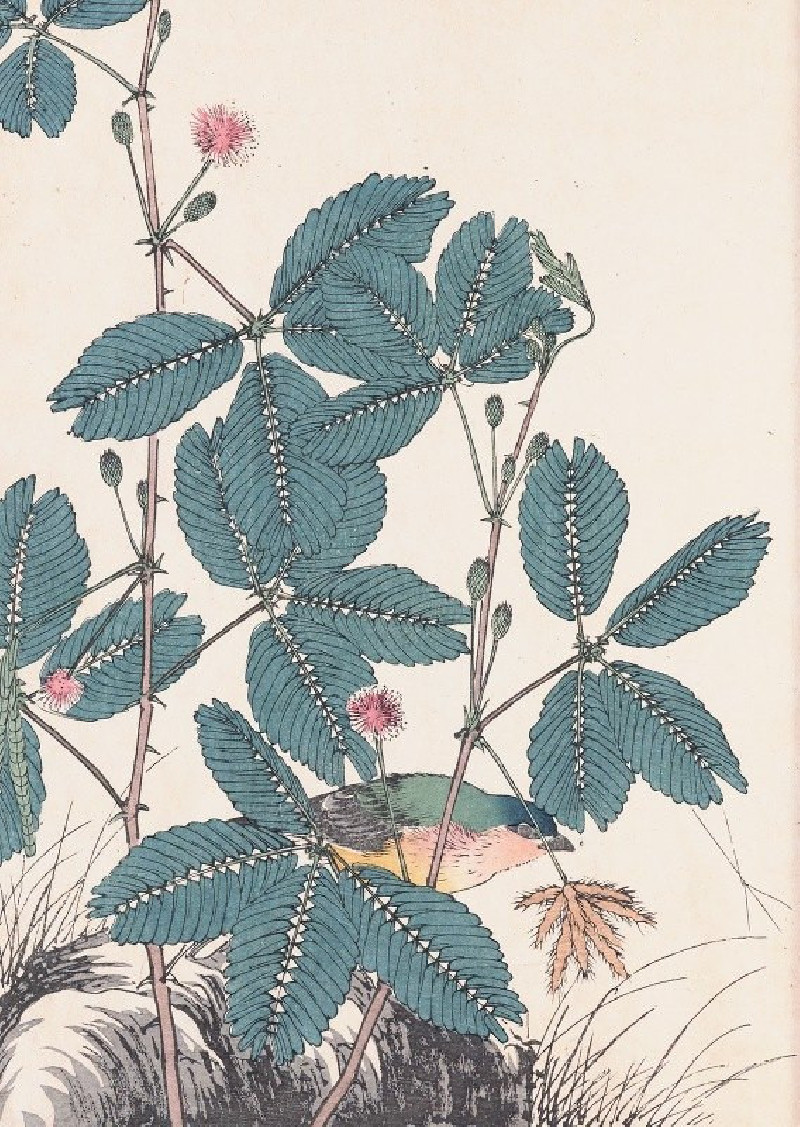Kompozycja z defilującymi (1933)
More about this artwork
Delivery
Reproductions are made to order and take 5 to 7 working days.
We send them out by courier and delivery takes another two working days.
If you need a reproduction sooner, please contact us - we can usually find a solution and produce it a little faster.
If you don't want to pay for postage, you can pick up your paintings at our galleries in Kaunas or Vilnius.
Returns
Yes, reproductions can be returned.
If you have any doubts more than 30 days after the date of purchase, please contact us - we will take the reproduction back for a refund or offer you a replacement!
We accept a maximum of two returns per customer - please note that we make reproductions to order, so please choose responsibly.
We do not refund shipping expenses.
Aleksander (Sasza) Blonder was a Polish painter of Jewish origin .
He went to Paris for the first time in 1926. He studied architecture in 1930–1932 at the École nationale supérieure des beaux-arts in Paris and studied painting at the Academy of Fine Arts in Kraków from 1932 to 1936 with Teodor Axentowicz , Władysław Jarocki and Fryderyk Pautsch.


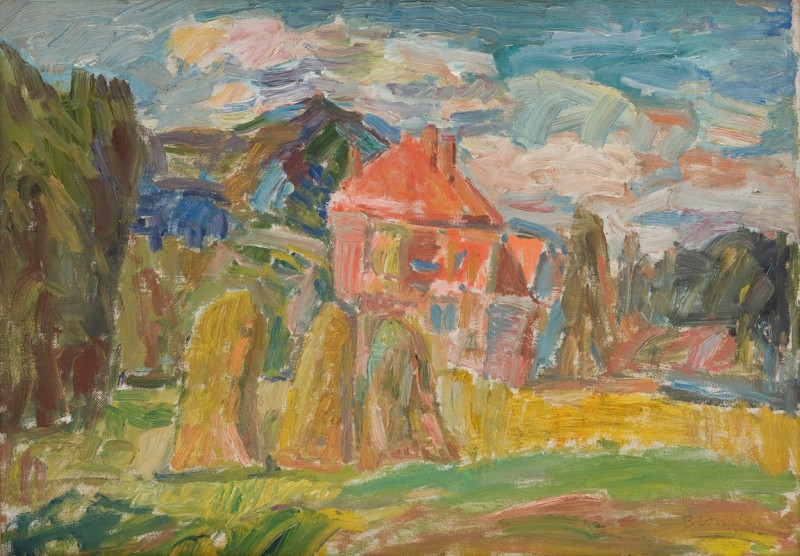

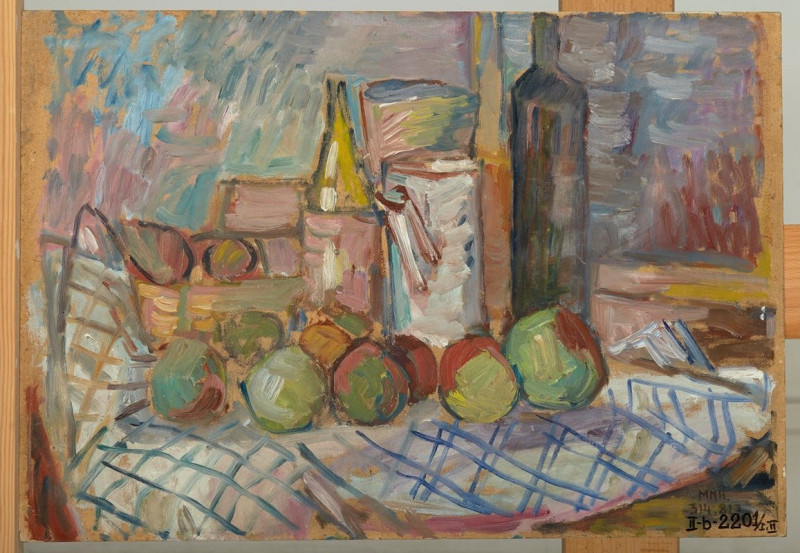
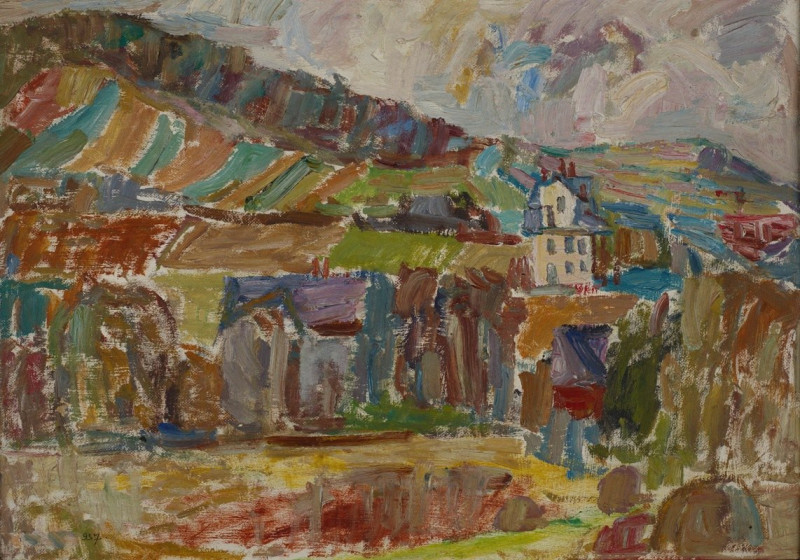
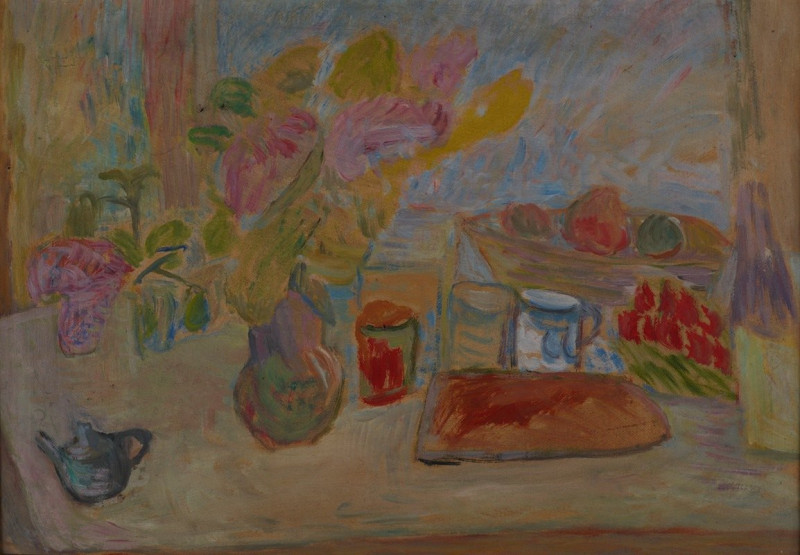
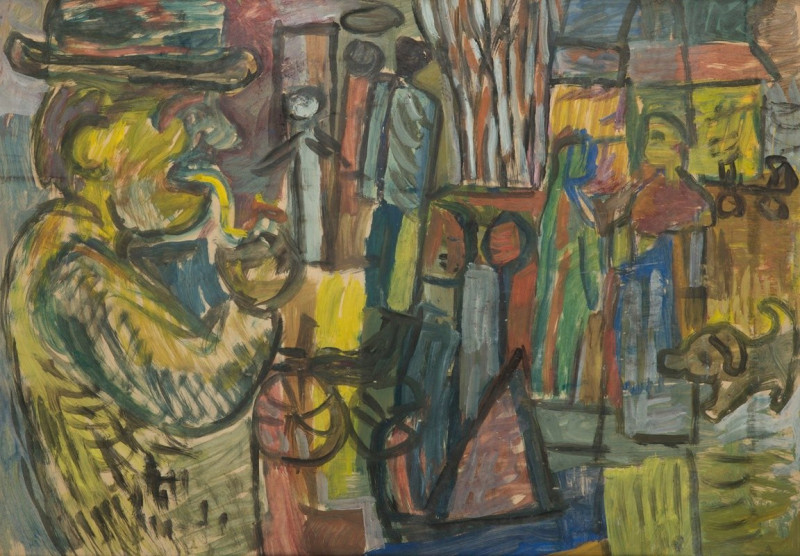


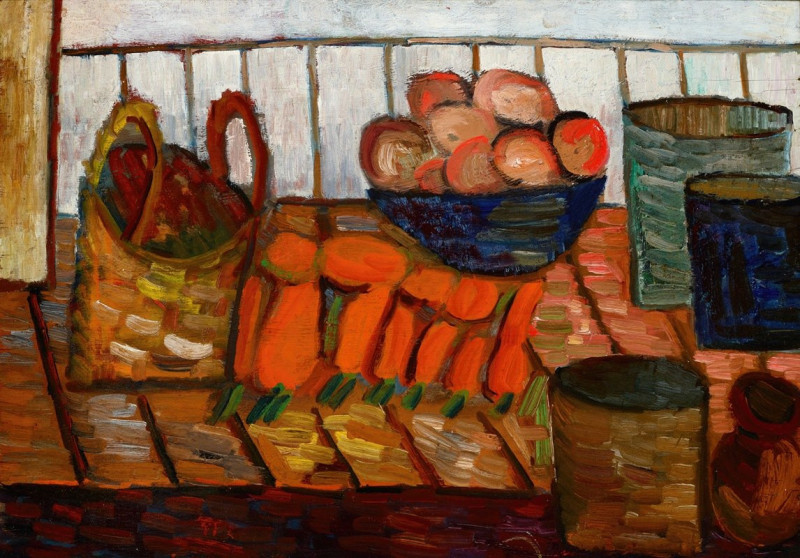
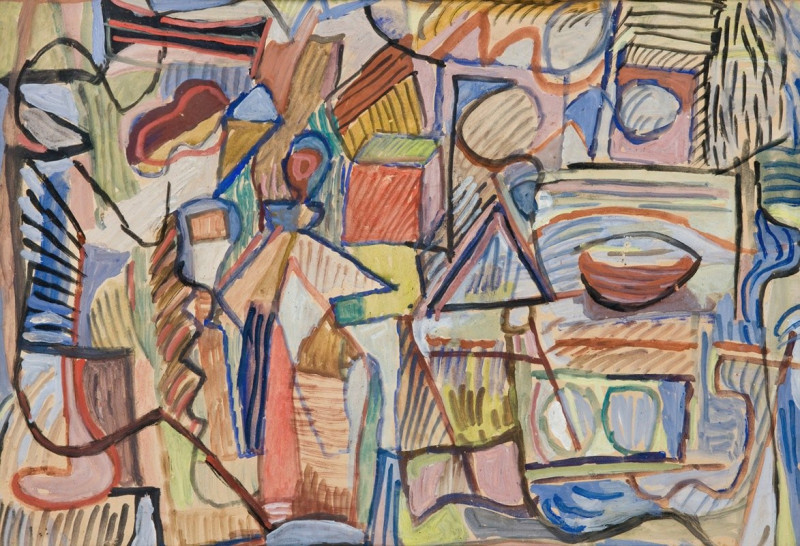

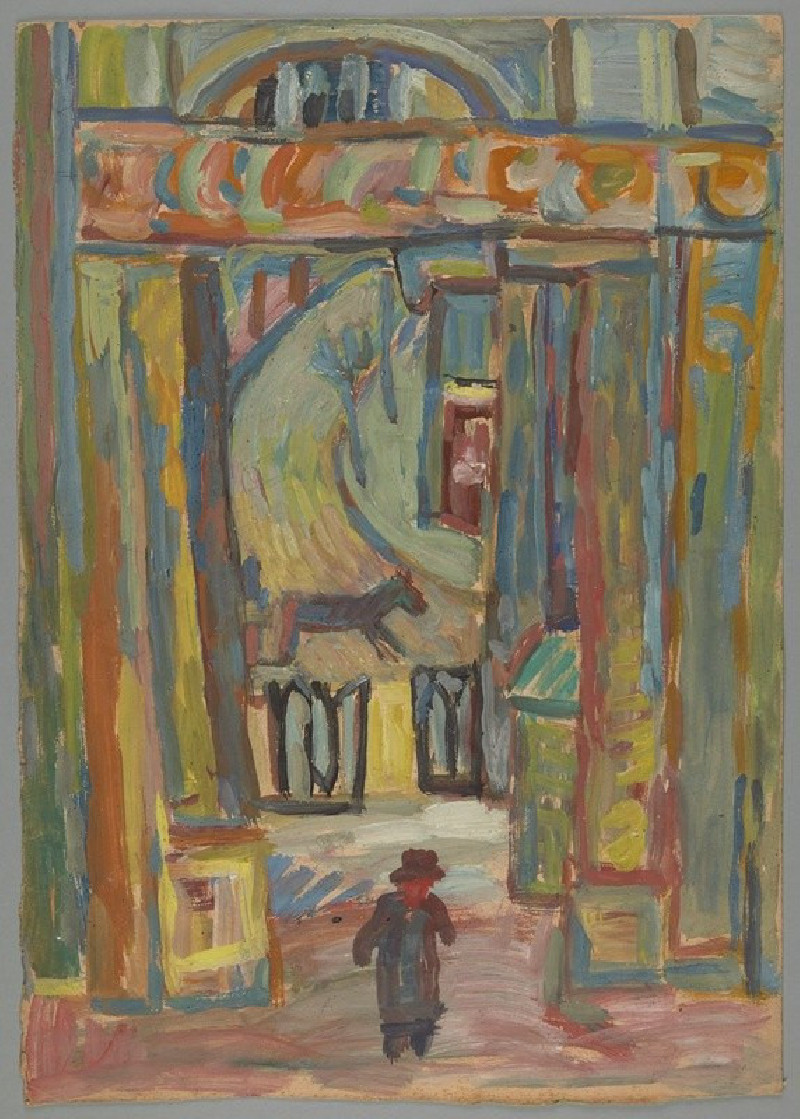

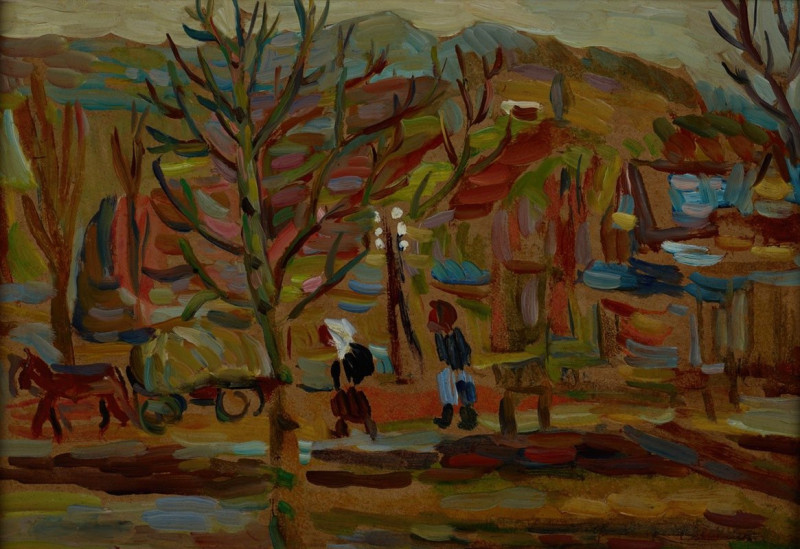

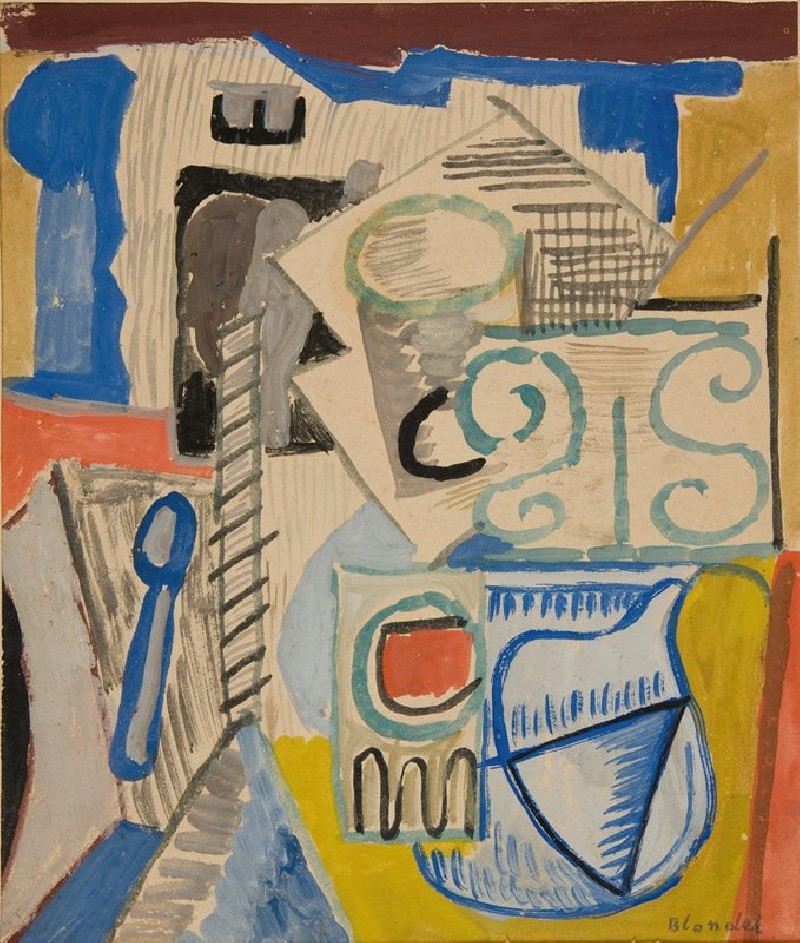



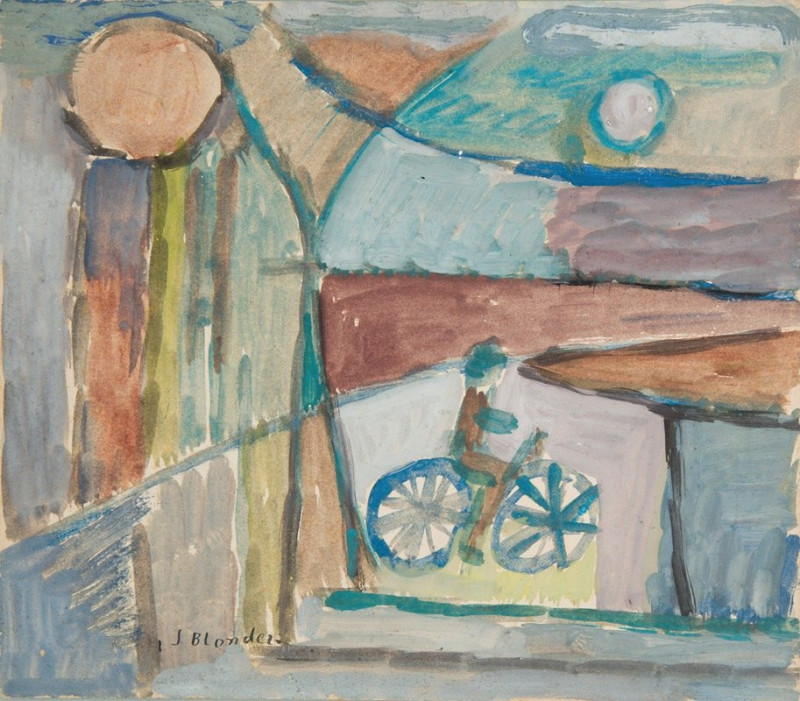
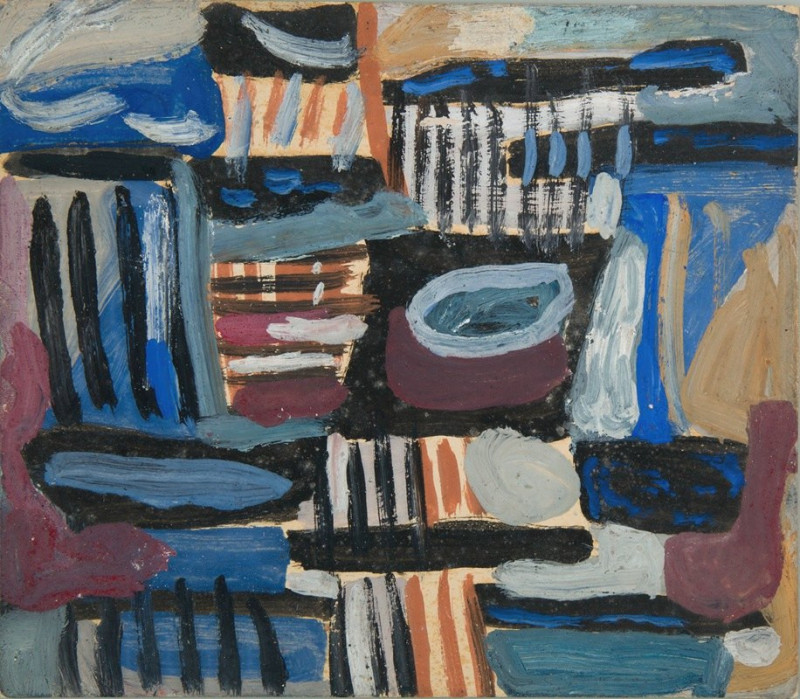


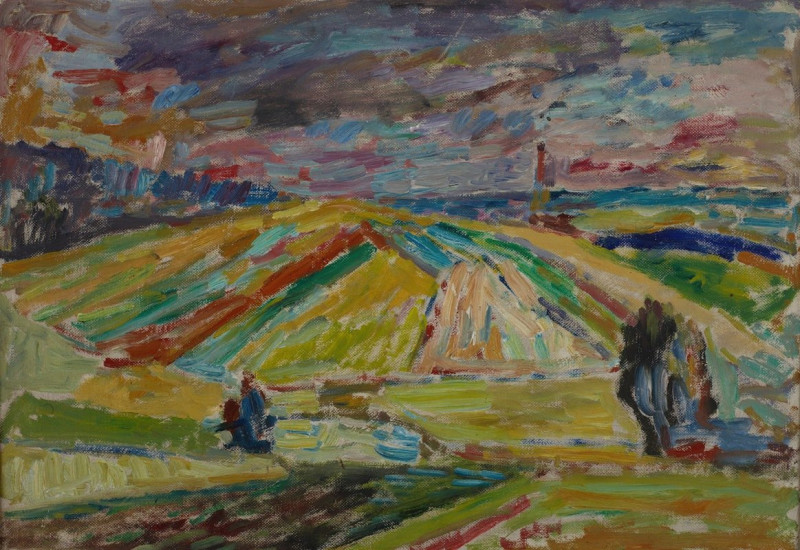



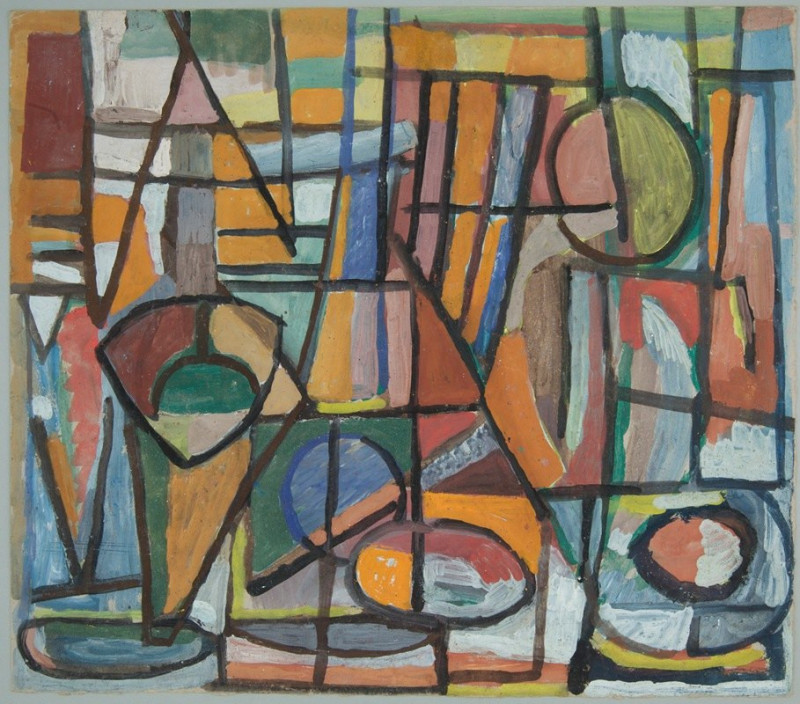
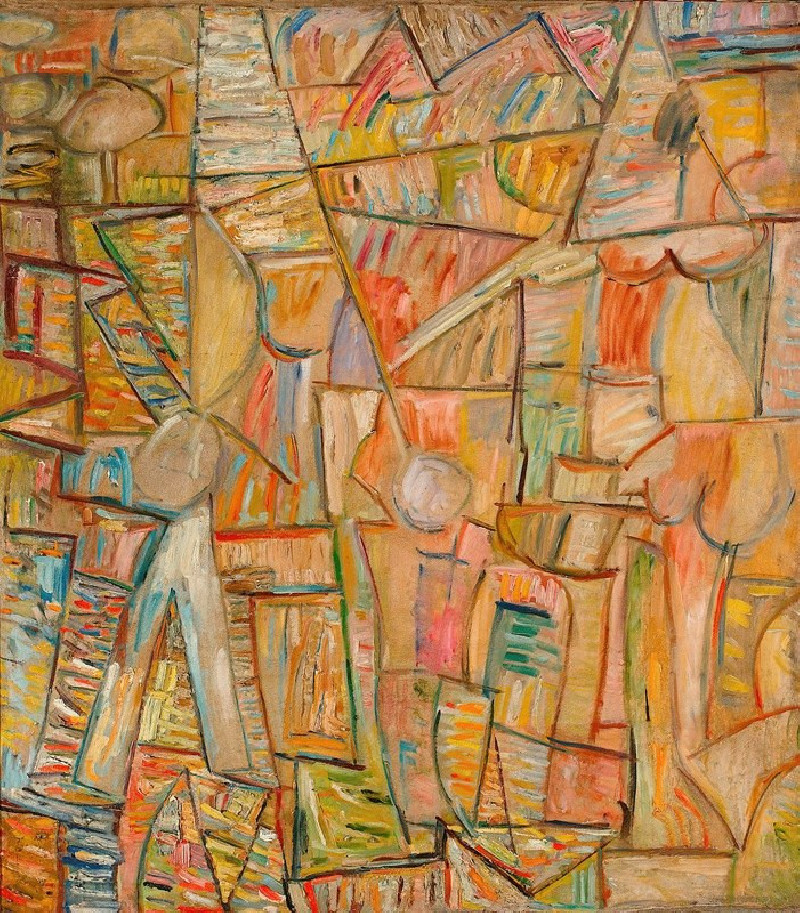
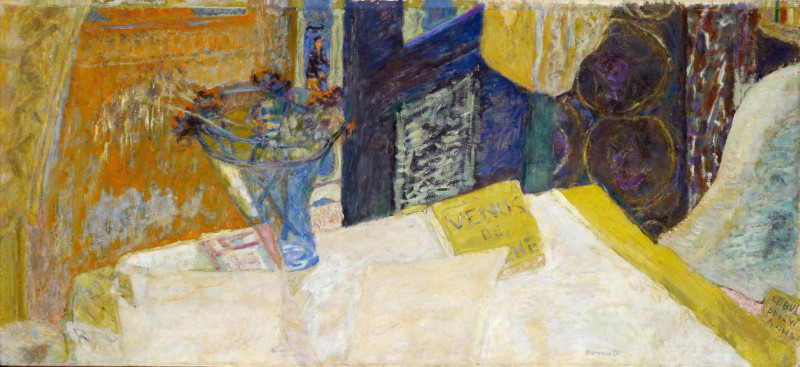
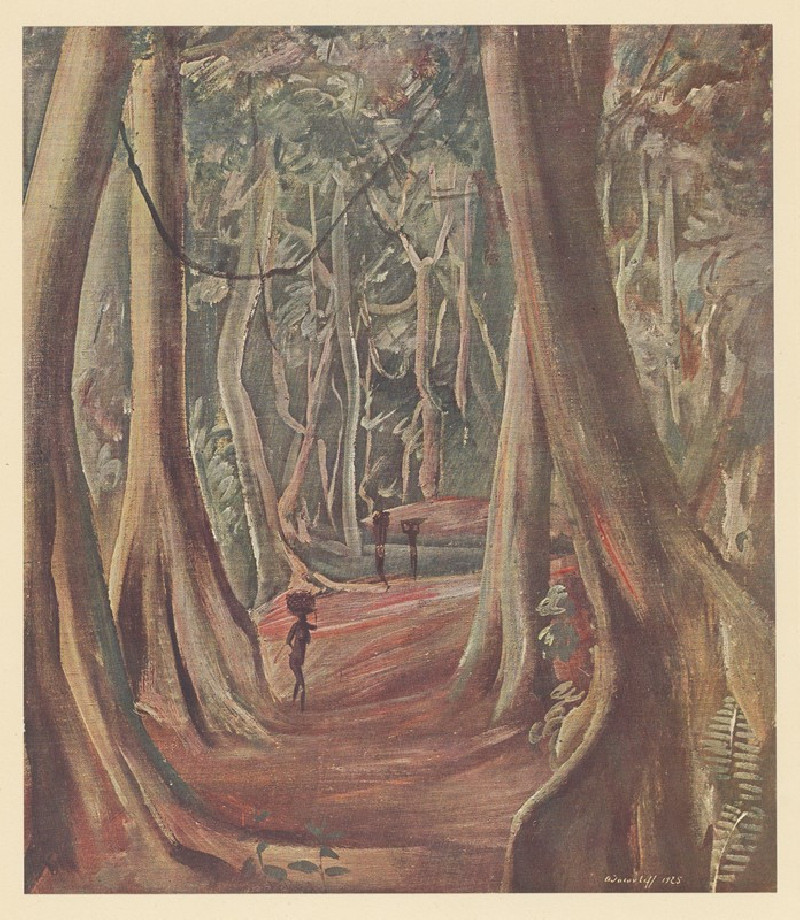
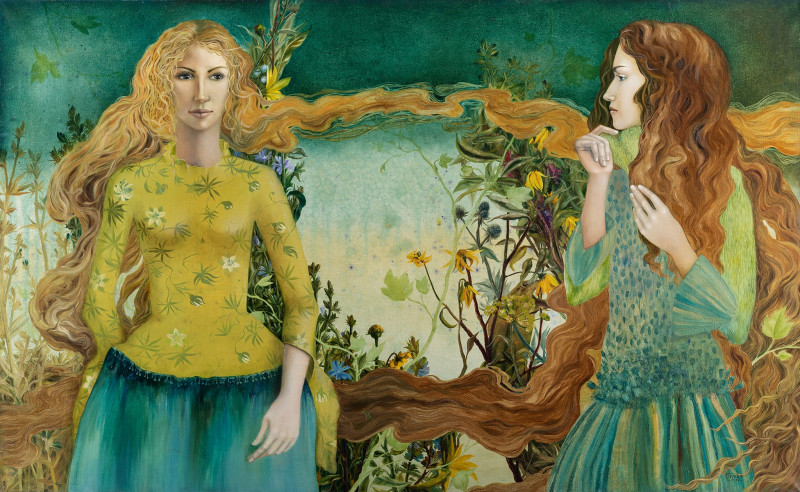
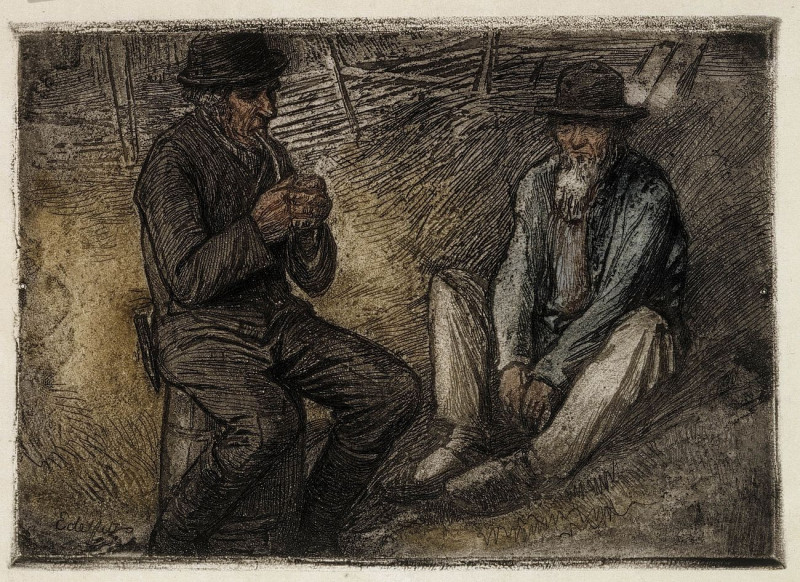
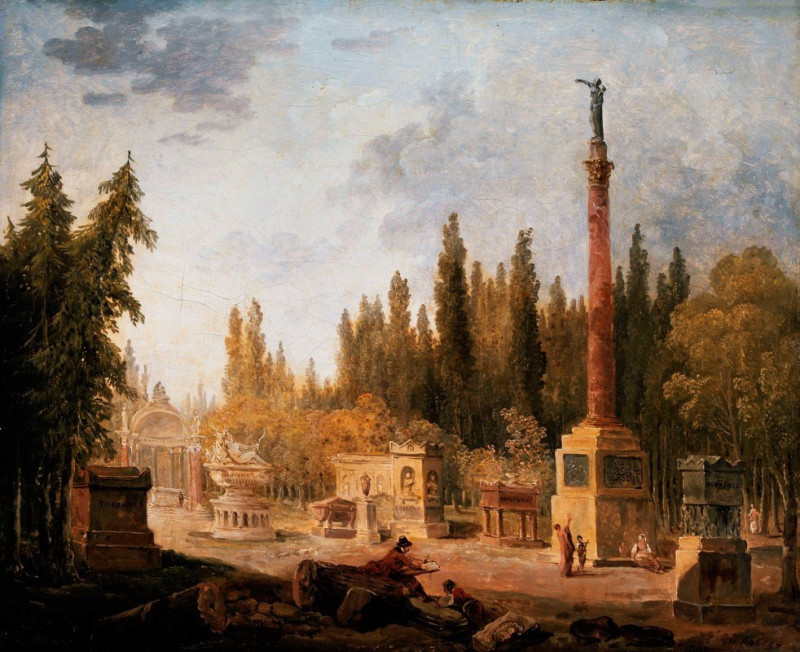
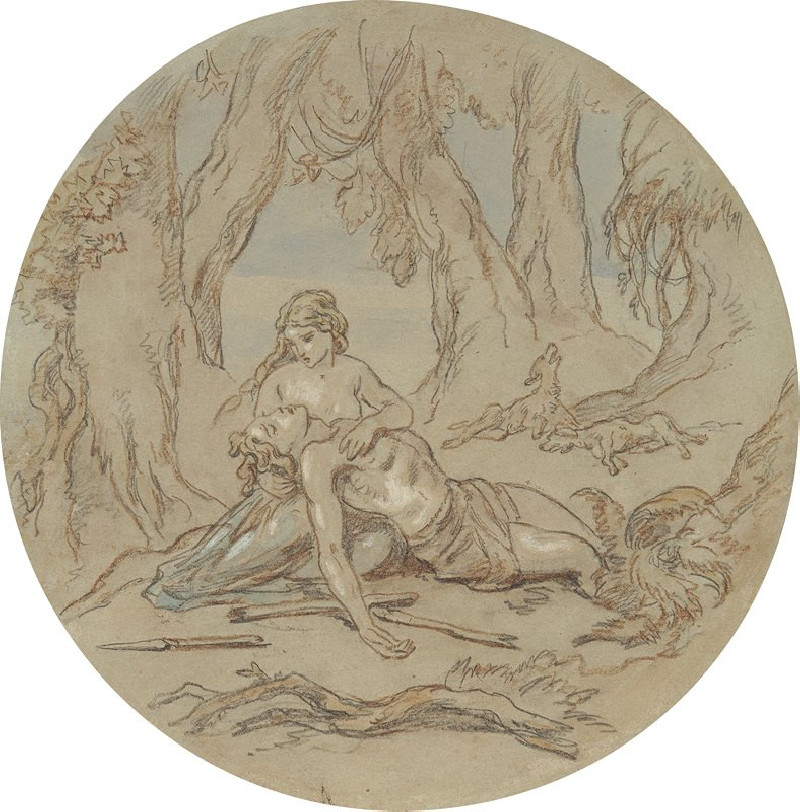
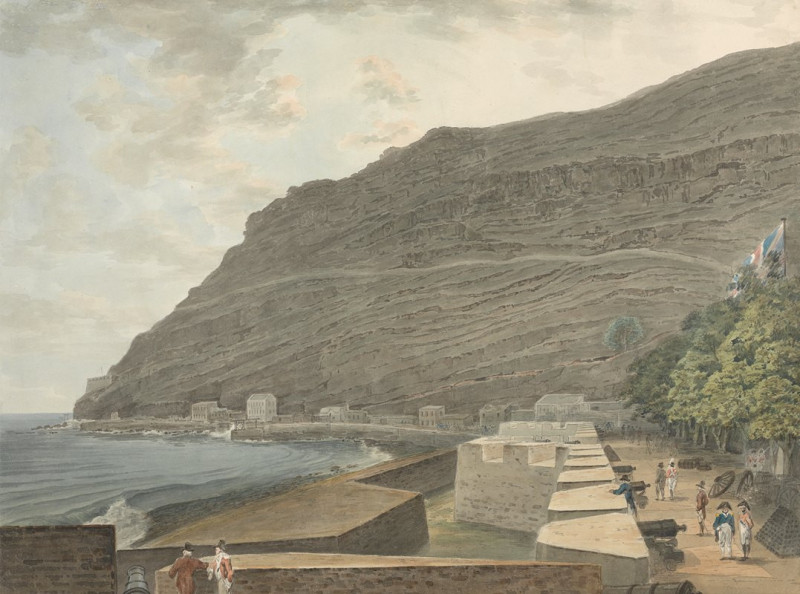
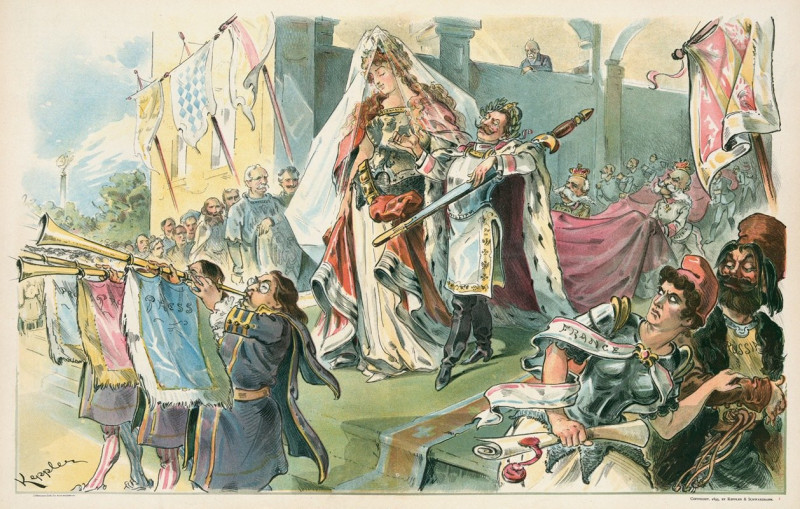
![Temple of Wady Saboua [Wadi al-Sabua], Nubia. (1846-1849) reproduction of painting by David Roberts. ALL GICLEE PRINTS](https://reprodukcijos.lt/39213-large_default/reproduction-of-temple-of-wady-saboua-wadi-al-sabua-nubia-1846-1849.jpg)
![In the Village near Tassisudon [Tashicho Dzong] (ca. 1783) reproduction of painting by Samuel Davis. ALL GICLEE PRINTS](https://reprodukcijos.lt/46170-large_default/reproduction-of-in-the-village-near-tassisudon-tashicho-dzong-ca-1783.jpg)
